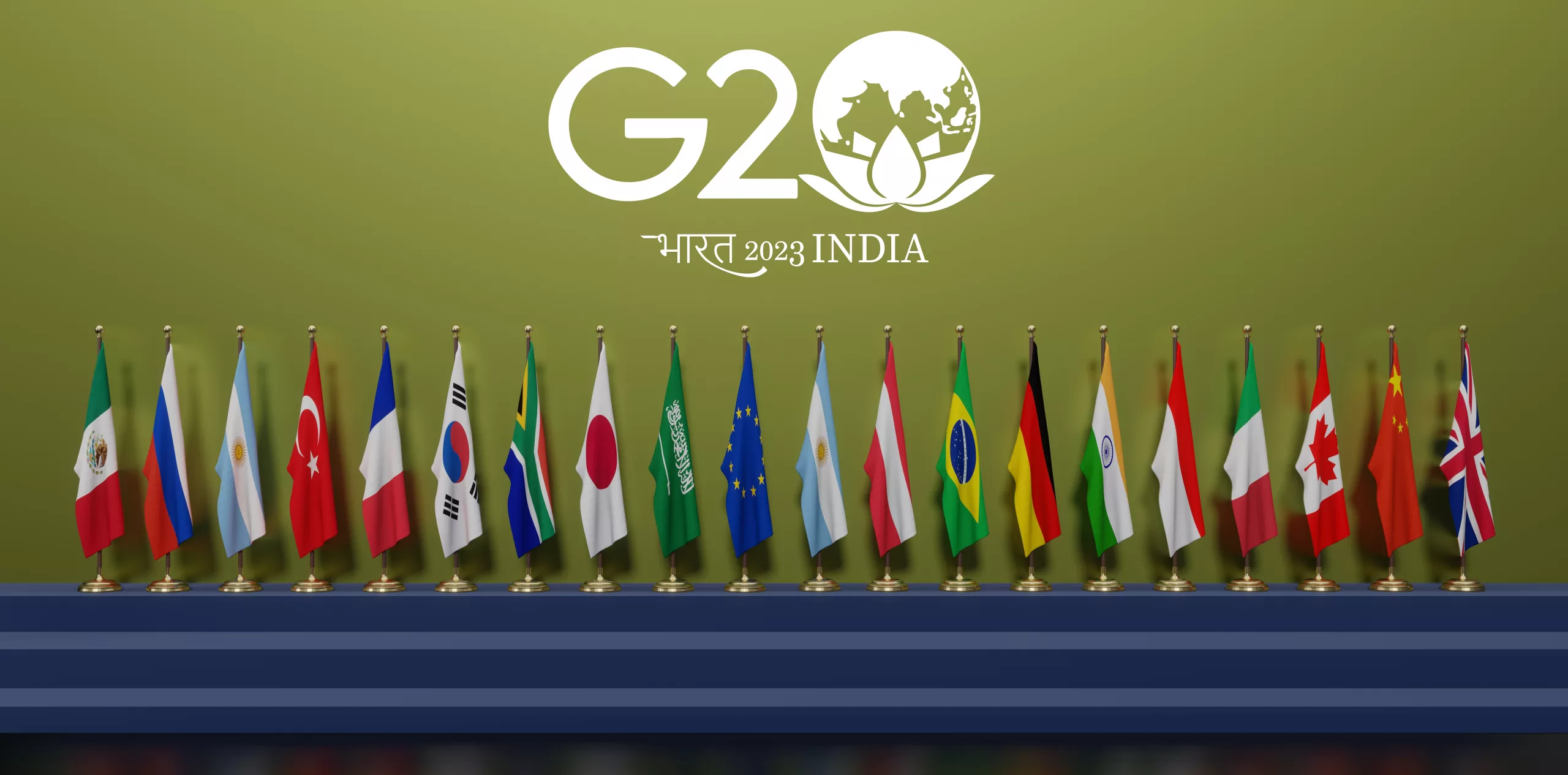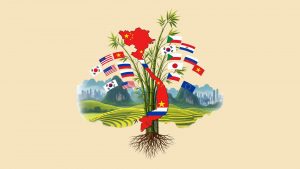Last weekend, representatives of the world’s top twenty economies met in New Delhi for the annual G20 shindig. Coming on the back of the BRICS summit in Jo’burg, and four months after the G7 meeting in Hiroshima, the conference was as remarkable for who skipped it as for what happened. China’s president, Xi Jinping, did not attend for the first time since coming to power in 2013, and was represented instead by his deputy, Li Qiang. For the second year in a row, Russian president Vladimir Putin was nowhere to be seen, having not left the country since the International Criminal Court issued a warrant for his arrest in March. Instead, he was on his way to the Russian Far East for a dramatic meeting at a remote cosmodrome with North Korea’s Kim Jong-un. Beyond these high-profile absences, there were five key takeaways from the summit.
The balance of world power is shifting
After New Delhi, it’s become clear that the multipolar world order has arrived. The conference underscored the increasing influence of the emerging economies: India and China rallied partners including Mexico, Brazil and South Africa to squash an American-led attempt to have the G20 condemn the Russian invasion of Ukraine. Faced with a choice between rival superpowers, the world’s middle powers, it seems, have decided to find a third way in an increasingly polarised world.
The global south is here to stay
The G20 stands out among multilateral organisations because it includes a much broader range of members than its competitors. In a world at risk of dividing into blocs, it is one of the few fora left where established powers – represented by the G7 and the EU – come face-to-face with their rising counterparts. In past decades, the west set the agenda and the tone and expected the rest to nod along. This is no longer true. The global south are well on their way to becoming rule-makers, not just rule-takers. Expect future summits to follow the trend set by New Delhi.
A new Indian Ocean transport corridor is on the cards
This year is the tenth anniversary of the trillion-dollar Chinese Belt and Road programme, one of the most ambitious infrastructure projects ever undertaken. Much has been made of how it tracks the old Silk Road trade routes, connecting China to Europe and Africa across Central Asia and the Indian Ocean. Now, it may have a rival, one that also follows the traces of ancient merchant networks. During the summit, the US brokered a deal with India, Saudi Arabia, Israel and the Gulf states to – eventually – create a new transport corridor, as an alternative to the Belt and Road. New railways, pipelines and ports will be built between India’s west coast, the Persian Gulf, and across Arabia to the Mediterranean, to encourage international trade along the same routes once plied by Roman spice merchants. However, for now it’s just an announcement – no firm plans have been drawn up, and it will be years, perhaps decades, until the concrete starts pouring. The Americans and the Indians have ambitions to rival the Belt and Road. Whether they have the ability remains to be seen.
Bharat is back
India has been on a roll recently, from its performance at the BRICS and its successful moon landing, to its presidency of the G20. Might the emerging superpower be about to change its name? During the conference, prime minister Narendra Modi sat behind a placard labelled ‘Bharat’, while delegates were invited to dinner with ‘the president of Bharat’. What’s behind this new messaging? The name derives from an ancient Sanskrit term for the country; supporters say it is more accurate and respectful than the Greek-derived ‘India’, which is associated with colonialism. Meanwhile, its detractors say it is a dog-whistle to Hindu nationalists, and represents an attempt to erase India’s Muslim and Buddhist heritage. Whatever one thinks of the name, it is a sign that India (or Bharat) wants to engage with the world on its own terms. However, anyone wondering if they’ll have to spring for a new globe can rest easy; the 1947 Constitution allows for both names.
UK-Singapore co-operation is set to increase
The summit was marked by a rare diplomatic and commercial win for the UK, as prime minister Rishi Sunak signed a new bilateral partnership deal with Singapore, Southeast Asia’s leading economy. The deal, coming on the back of Britain’s accession to the CPTPP trading bloc in July, includes commitments for mutual investment, and increased cooperation on energy, security and defence – including in cyber, a field where Singapore leads the pack. The agreement is proof of Mr. Sunak’s dedication to following up on an existing strategy of bringing Britain back east of Suez. Unlike the proposals mooted by Liz Truss, it is, mercifully, predicated on win-win economic co-operation rather than unnecessarily antagonising foreign powers. Hopefully, both the government and the private sector will make the best of renewed partnership with Southeast Asia’s most dynamic, thriving economy.
- Sean Patersonhttps://asiascot.com/author/sean-paterson
- Sean Patersonhttps://asiascot.com/author/sean-paterson
- Sean Patersonhttps://asiascot.com/author/sean-paterson
- Sean Patersonhttps://asiascot.com/author/sean-paterson







